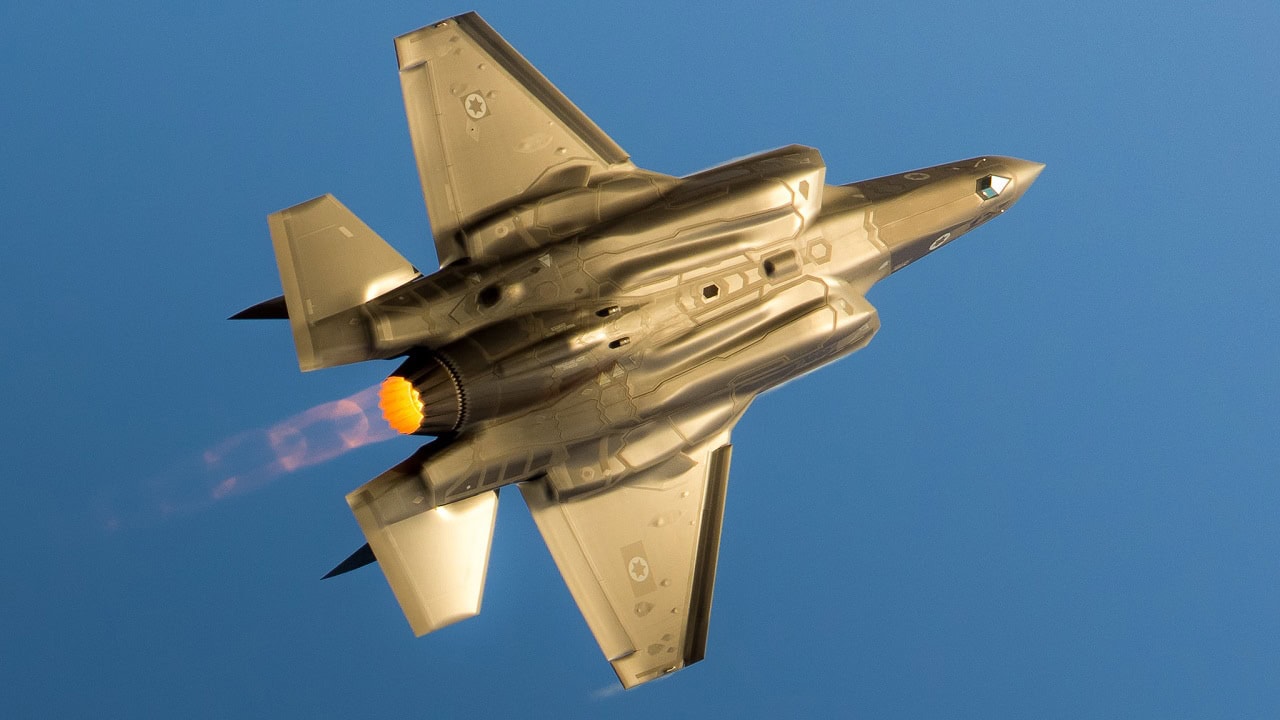The multilateral defense of Israel against Iran’s drone and missile attacks, which included not just U.S. but also European and Arab participation, reminds us that the leading bilateral conflicts of our day play out on a broader geopolitical landscape. It is a lesson Washington should apply to multiple other fronts.
Of the estimated 350 missiles and drones that Iran and its proxies launched at Israel, the U.S. Central Command said that U.S. and European-allied destroyers shot down 80 drones and at least six ballistic missiles. British Prime Minister Rishi Sunak said British fighter jets shot down “a number of drones,” while the Israel Defense Forces confirmed that France also contributed to Israel’s defense.
Perhaps more striking, leading Arab nations also came to Israel’s assistance. Saudi Arabia – which, we must remember, has not yet normalized relations with the Jewish state – and the United Arab Emirates were among several Gulf states that relayed intelligence about Iran’s planned attack, while Jordan’s military reportedly shot down dozens of Iranian drones in its airspace that were headed toward Israel.
All of that action came because Washington, its European allies, and the Gulf states recognize that Iran’s attack is part of a broader effort to extend Tehran’s influence far beyond its borders – an effort that includes destroying Israel, kicking the West out of the region, and destabilizing Sunni Arab states.
Washington, which recognized the big picture and responded accordingly, should apply the same lessons as it decides how much to back Israel in Gaza and whether to further aid Ukraine in its war with Russia.
With regard to Gaza, U.S. policymakers should understand that Iran is both a nation and a terrorist conglomerate, providing funds, equipment, and training through its Islamic Revolutionary Guard Corps (IRGC) to the terrorist organizations in its “axis of resistance” – including Hamas and other groups in Gaza, Hezbollah in Lebanon, Houthi Rebels in Yemen, militia groups in Iraq, and Shia fighters elsewhere.
Tehran seeks regional hegemony; Washington and its allies seek deterrence. An effective policy of deterrence, however, demands consistency.
In rallying a multilateral defense of Israel from direct Iranian attack, Washington sent a clear message of support for the Jewish state. But, in pressuring Israel not to invade Rafah and destroy the rest of Hamas’ infrastructure – and blaming Israel for civilian casualties while largely ignoring Hamas’ complicity – Washington is undermining the very deterrence it sought to nourish in response to Iran’s direct attack.
Yes, Israel should do whatever it can to prevent civilian casualties in Gaza. But in deciding whether to constrain Israel or let it finish the job (as best it can) against Hamas – which, let’s remember, barbarically slaughtered 1,200 Israelis in the worst attack on Jews since the Holocaust – Washington should recognize that Tehran will watch its every move, gauge its resolve, and plan accordingly.
On a related front, Congress is threatening to undermine U.S. deterrence against Russia in its war with Ukraine.
In February, the Senate approved $95 billion in supplemental aid to Ukraine, Israel, and our Indo-Pacific allies. Due to significant opposition to more Ukraine aid within House GOP circles, House Speaker Mike Johnson says he’ll let the House vote separately on aid to Israel, to Ukraine, and to the Indo-Pacific. The net result could be more aid to Israel but not Ukraine – just as Kyiv runs short of manpower and ammunition and Russia hopes to capitalize by gobbling up more territory.
The matters are hardly severable, however. Both Israel and Ukraine are fighting to protect their people and secure their borders, while the United States is seeking to deter further aggression by Tehran or Moscow.
At the same time, Moscow and Tehran are supporting one another in their aggression. Iran is providing Russia with thousands of drones to use in Ukraine and helping Russia develop more sophisticated ones on its own. Russia reportedly has promised to provide Iran with advanced fighter jets and air defense technology, which would help Iran defend itself against future Israeli or U.S. attacks.
Russia and Iran, in turn, are part of a growing military, diplomatic, and economic partnership with China – united by a desire to upend the U.S.-backed liberal order and challenge U.S.-led freedom and democracy around the world.
In Tehran, Supreme Leader Ali Khamenei gauges U.S. resolve as the IRGC and the terror groups it coordinates operate far from home. In Moscow, strongman Vladimir Putin gauges U.S. resolve as he eyes targets in the former Soviet empire beyond Ukraine. In Beijing, autocrat Xi Jinping gauges U.S. resolve as he watches Middle East and European battlegrounds and continues to pressure Taiwan.
The fight for freedom, secure borders, and the rule of law are global, and Washington should recognize how its response to threats in one theater will either incentivize or deter threats in others.
About the Author:
Lawrence J. Haas is a senior fellow at the American Foreign Policy Council and the author of, most recently, The Kennedys in the World: How Jack, Bobby, and Ted Remade America’s Empire (Potomac Books).

